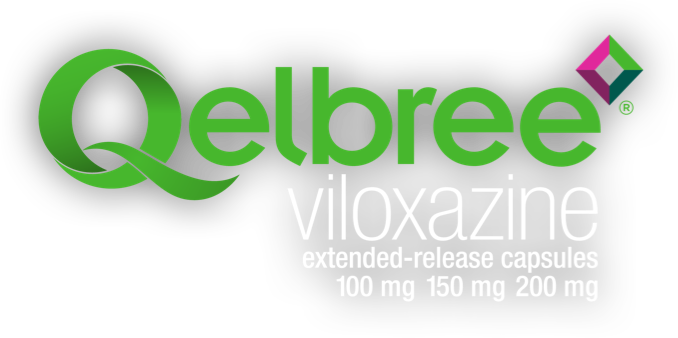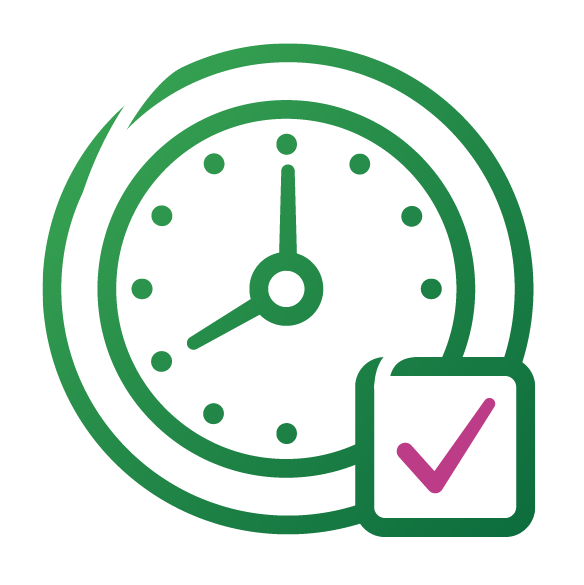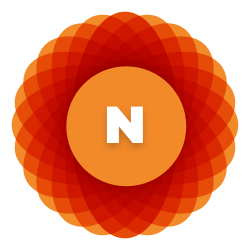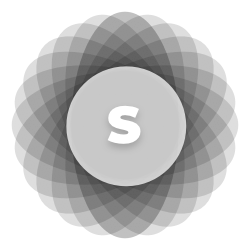
What is Qelbree?
Qelbree is a once-a-day ADHD medication for children aged 6-17 years. In clinical trials, Qelbree has been proven to help reduce ADHD symptoms, with manageable side effects when taken as directed.
Qelbree is a once-a-day treatment for ADHD
Qelbree can easily fit into your and your child’s schedule.
Maintaining regular treatment with Qelbree, as directed, can lead to more consistent ADHD symptom control for your child.
Full-day coverage
Qelbree uses 2-bead Microtrol® Technology for rapid and extended release, providing reliable medication coverage throughout the day
A convenient treatment schedule
Qelbree is taken once a day to treat ADHD symptoms
The science of Qelbree
The way Qelbree works to treat ADHD is unclear, but is thought to involve its ability to increase the amount of the chemical messenger called norepinephrine in the brain.
Qelbree is known to interact with the norepinephrine chemical messenger and is the only ADHD treatment shown to interact with the serotonin 5-HT2C chemical messenger.

The focus to help make the routine
unforgettable
3 strengths offer tailored dosing for your child
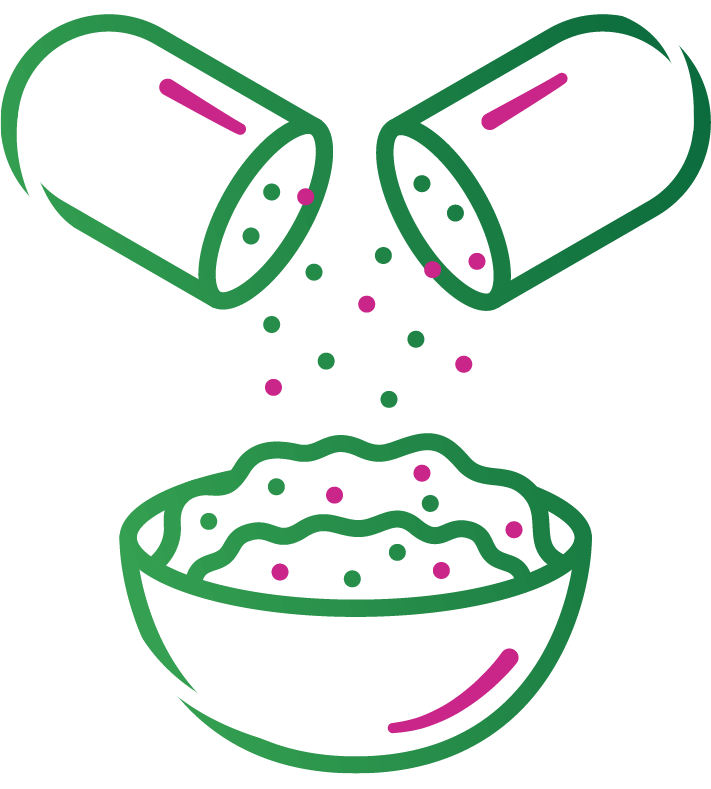
The recommended starting dose for children 6-11 years old is 100 mg once daily, and 200 mg once daily for those 12-17 years old. Your child’s doctor may gradually increase their dose over 1-3 weeks until they reach the dose that’s right for them. This process is called titration.
The maximum recommended dosage for children 6-17 years old is 400 mg once daily.
Two ways to take Qelbree
The Qelbree capsule can be swallowed whole, or the capsule can be opened and its entire contents sprinkled onto a spoonful of applesauce or pudding.* Do not cut, crush, or chew the capsules.
Qelbree is the only non-stimulant ADHD treatment that can be sprinkled on food for easier dosing for patients who are unable to swallow capsules.
*Once added to the applesauce, Qelbree should be all consumed, without chewing, within two hours. Once added to pudding, Qelbree should be all consumed, without chewing, within 15 minutes. Do not store for future use.
Another kind of ADHD treatment
Learn more about non-stimulant Qelbree, when to expect results, and why it could be right for your child.
As a non-stimulant, Qelbree
- Has no evidence of abuse or misuse
- Can be conveniently refilled without the need for new prescriptions every month
- Is proven to be safe,† with manageable side effects when taken as directed
- Is unlikely to have any negative interactions with stimulants like methylphenidate and amphetamine
Talk with your child’s doctor about all medications they take, and see if Qelbree is right for them.
†Important: Monitor your child for mood or behavior changes. Your child’s doctor should also monitor for changes in blood pressure and heart rate.
A change you can see
Qelbree is the first non-stimulant approved for ADHD in over a decade.
